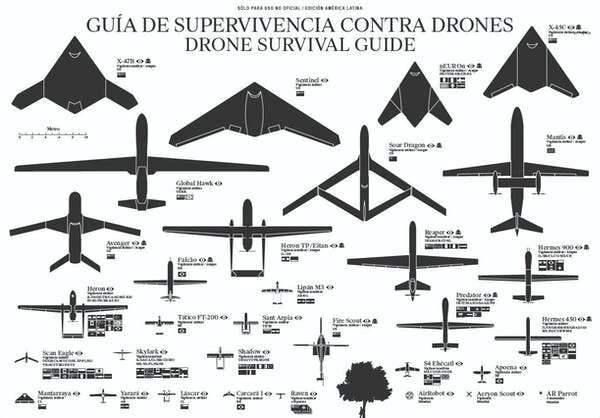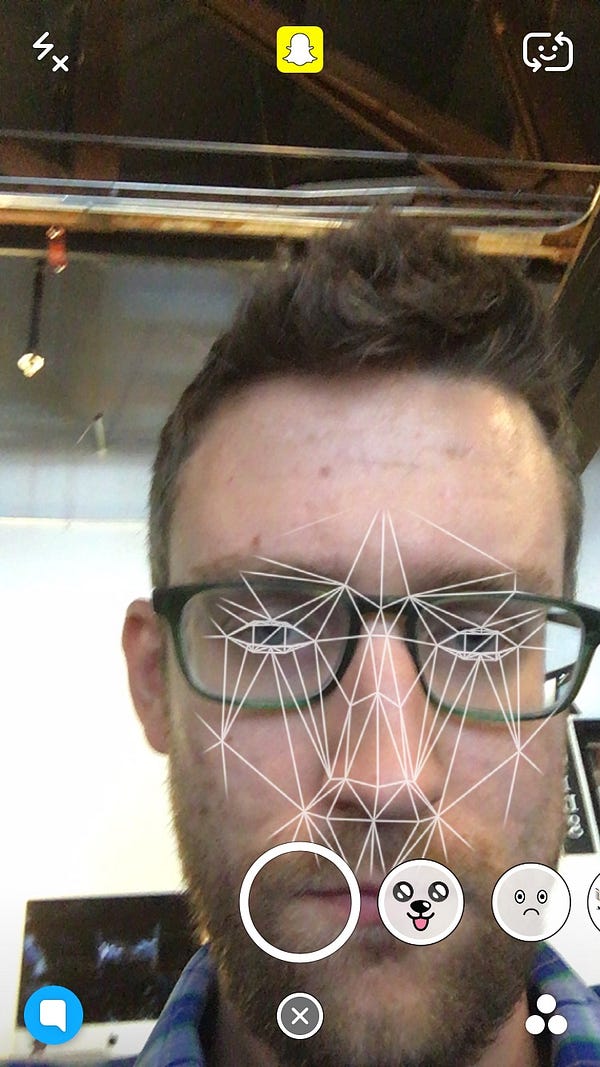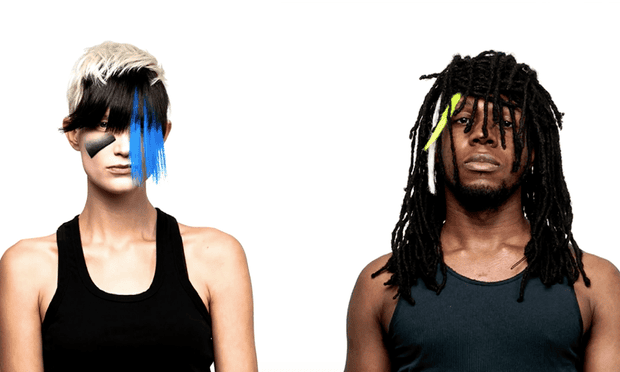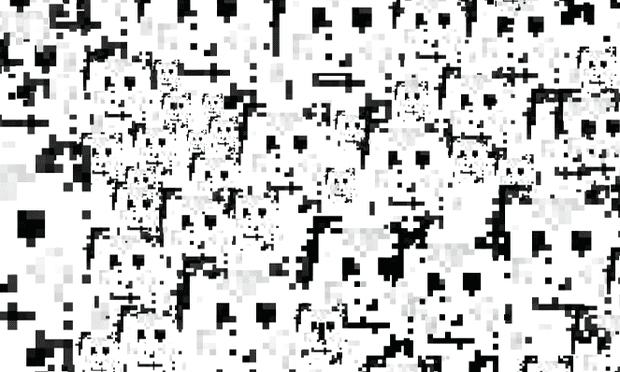From TechXplor, July 28:
Drones of all sizes are being used by environmental advocates to monitor deforestation, by conservationists to track poachers, and by journalists and activists to document large protests. As a political sociologist who studies social movements and drones, I document a wide range of nonviolent and pro-social drone uses in my new book, "The Good Drone." I show that these efforts have the potential to democratize surveillance.
But when the Department of Homeland Security redirects large, fixed-wing drones from the U.S.-Mexico border to monitor protests, and when towns experiment with using drones to test people for fevers, it's time to think about how many eyes are in the sky and how to avoid unwanted aerial surveillance. One way that's within reach of nearly everyone is learning how to simply disappear from view.
Crowded skies
Over the past decade there's been an explosion in the public's use of drones—everyday people with everyday tech doing interesting things. As drones enter already-crowded airspace, the Federal Aviation Administration is struggling to respond. The near future is likely to see even more of these devices in the sky, flown by an ever-growing cast of social, political and economic actors.
Public opinion about the use and spread of drones is still up in the air, but burgeoning drone use has sparked numerous efforts to curtail drones. These responses range from public policies exerting community control over local airspace, to the development of sophisticated jamming equipment and tactics for knocking drones out of the sky.
From startups to major defense contractors, there is a scramble to deny airspace to drones, to hijack drones digitally, to control drones physically and to shoot drones down. Anti-drone measures range from simple blunt force, 10-gauge shotguns, to the poetic: well-trained hawks.
Many of these anti-drone measures are expensive and complicated. Some are illegal. The most affordable—and legal—way to avoid drone technology is hiding.

In some parts of the world, hiding from drones is a matter of life and death. Credit: Drone Survival Guide, CC BY-NC
How to disappear....MORE
The first thing you can do to hide from a drone is to take advantage of the natural and built environment. It's possible to wait for bad weather, since smaller devices like those used by local police have a hard time flying in high winds, dense fogs and heavy rains.
Trees, walls, alcoves and tunnels are more reliable than the weather, and they offer shelter from the high-flying drones used by the Department of Homeland Security.
The second thing you can do is minimize your digital footprints. It's smart to avoid using wireless devices like mobile phones or GPS systems, since they have digital signatures that can reveal your location. This is useful for evading drones, but is also important for avoiding other privacy-invading technologies.
The third thing you can do is confuse a drone. Placing mirrors on the ground, standing over broken glass, and wearing elaborate headgear, machine-readable blankets or sensor-jamming jackets can break up and distort the image a drone sees....
Long time readers know most of this stuff, from the drone-hunting birds of prey to anti-drone-drones with nets to.....well, we've examined a lot of techniques.
If interested see also:
Protest In Hong Kong: The Technology
We've looked at a few of the improvisations of the Hong Kong protesters over the last year. See for example "Hong Kong: After The Cash Machines Were Emptied There Was a Run On The Grocery Stores As The Homemade Catapult Was Rolled Out and.." and more....
Another Way To Fool The Facial Recognition Algos
A quick refresher:

The algorithms measure various points on the face captured by a camera and compare to known/identified images. Much of the focus is on the eyes: distance between, relationship to other features (apparent cheekbones, philtrum etc), depth of sockets and to other landmarks of facial topology.
Here's an early approach to confusing the cameras:

It is based on the distorting effects found in WWII "Dazzle" camouflage:

The next step isn't so much distorting the apparent nodal points as it is overwhelming the algos with what they think are thousands of facial "hits":

Print that on a shirt and matching billed cap and you end up with some very confused computer programs.
Finally, there's this, from Oddity Central:
Talented Makeup Artist Takes Facial Optical Illusions to a Whole New Level
31-year-old Mimi Choi, a makeup artist from Vancouver, spends hours turning her face into mind-boggling optical illusions that look photoshopped at first glance.

A former schoolteacher, Choi got into makeup only three years ago, attending classes at Blanche Macdonald, a local beauty school, to learn the basics of the craft. She’s come a long way since then, though, and today she uses her makeup skills to turn her own face into incredible optical illusions.....